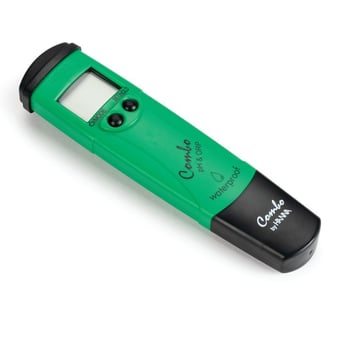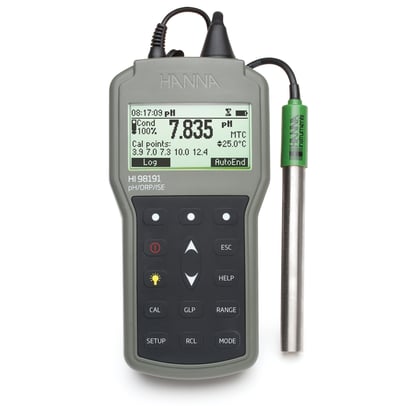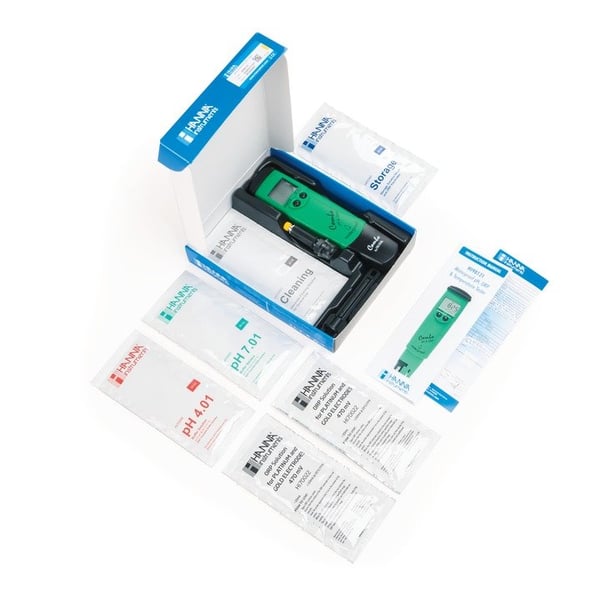 Your teeth shouldn't be the only thing that's squeaky clean at the dentist's office.
Your teeth shouldn't be the only thing that's squeaky clean at the dentist's office.
Many a dentist will tell you that your health starts with your smile. In the wake of COVID19, many people are asking themselves if it is safe to go to necessary appointments. Waiting to treat dental issues can result in infections, pain, and loss of teeth. Cleanliness has always been a hallmark of the modern dentist office, and now is no exception. A newer sanitation procedure called fogging is becoming more and more widely used.
What is Fogging?
Fogging is a technique to completely sanitize surfaces where a disinfectant is put into a machine that aerosols it into tiny droplets. This aerosol effect is able to effectively spread a disinfectant evenly across multiple surfaces. Fogging can disinfect rooms all at once; that way an individual does not have to risk exposure to contaminants by manually wiping down all surfaces with disinfectant. Fogging machines come in all sizes from small, handheld instruments to larger industrial machines. The disinfectant that we will highlight in this article is chlorine.
Why Use Chlorine?
Chlorine is one of the most widely used disinfectants in the world. It is able to target multiple contaminants including: bacteria, fungi, viruses and molds. Chlorine is a strong oxidizer, and used in a multitude of industries. For fogging in dentist offices, chlorine is used in a form known as hypochlorous acid (HOCl). Hypochlorous acid is produced when chlorine is dissolved in water. Hypochlorous acid is inexpensive, needs very little contact time to be effective, and is one of the forms of chlorine that is effective even in dilute solutions.
Hypochlorous acid can be used in aqueous solutions or in fogging. One major benefit to using hypochlorous acid in fogging is that you can effectively disinfect an entire room and all surfaces that are out in the room. This includes porous and non-porous materials. Yes, even your electronics are safe! The only materials typically not fogged in a dental office are the ones that are sterilized.
Who Brought Fogging To The Forefront?
The Kois Center is a leader in continuing education for dentists, and is the only institute conducting and publishing independent research. Many look to this institute for accurate, and cutting edge research. The center hosted an in-depth webinar where Dr. John C. Kois covered everything COVID19. He spoke upon office protocols, PPE recommendations, safety, and surface disinfection protocols. They verified that creating hypochlorous acid using an electrolysis machine is a safe way to produce effective acid without breaking the bank. The institute used a mixture of water, salt, and vinegar. The salts in that solution were reacted with the electrolysis machine; thus creating hypochlorous acid. Producing HOCl in this manner (as long as monitoring parameters are followed) can yield a solution that is stable for a minimum of 48 hours. According to supportive resource documents, hypochlorous acid in this particular instance is sometimes referred to as electolyzed water (EW), as that is how it was created. Fogging is recommended to be done at the end of each day. However, you can fog a room in between patients in order to have the room sanitized prior to the entry of the next patient.
What Parameters Should You Measure?
Testing your hypochlorous acid solution doesn't have to be time consuming or difficult. There are many instruments that are portable and measure multiple parameters. It all depends on the degree of accuracy, resolution, and a few other things such as the waterproof rating and if the data is valid for reporting or not. First things first - what parameters should you be testing?
Parameter #1: pH
Whenever you are working with chlorine, or chlorine derivatives, it is important to remember that it is highly pH dependent. This isn't a dependence like peanut butter and jelly making the perfect sandwich. This is more along the lines of, if the pH is not right, your disinfectant will not sanitize the surfaces it comes in contact with. When the pH of your solution is below 7.6 pH, there will be a greater availability of hypochlorous acid. Keeping the pH below 7.6 does not mean that anything below pH 7.6 is fine. DO NOT let the pH drop below pH 5. If your solution becomes to acidic, you risk generating chlorine gas which is highly toxic.
Parameter #2: ORP
Measuring the ORP, Oxidation Reduction Potential, of your hypochlorous acid solution is one of the most dependable ways to ensure that it is effective as a sanitizer. Measuring ORP is quick, simple, and requires far fewer solutions than testing for chlorine correctly. Maintaining an ORP reading of ~650 mV is recommended to keep your mixture optimized and stable. This optimized ORP reading tells you that the hypochlorous acid will sanitize the surrounding surfaces in the time stated in the SOP. If the ORP reading is off, the hypochlorous acid will still sanitize, but it will take a much longer contact time to be effective. The much longer contact time may not be possible due to the incredibly small droplet size from the fogger. Hence, it is best to test and make adjustments as needed.
Parameter #3: Temperature
After measuring both the pH and ORP of your sanitizing solution you may ask, why would I worry about temperature? Temperature in itself affects the behavior and accuracy of pH and ORP readings, as well as how effective the hypochlorous acid may be.
Tip: When picking a way to measure pH and/or ORP, pick a meter that has an integrated temperature sensor. Not only do you then get to measure more than one parameter at a time, but you get the added benefit of automatic temperature compensation. Better accuracy and needing fewer testing instruments? It's a win-win.
Parameter #4: Chlorine
You may be wondering after reading so far, why not just test for chlorine directly? While you can measure the chlorine directly, the amount of chlorine in your fogging mixture is low enough that you could end up with variable results. For on-the-spot monitoring, we highly recommend measuring ORP instead of measuring the chlorine directly. The readings will be faster and you will not have to deal with disposal of solutions.
How To Test pH, ORP, & Temperature

Testing pH, ORP, and temperature does not have to be costly and time consuming. There are many different products on the market that test all three parameters. Thus cutting down on time, and expenditures. Using a tester such as the HI98121 pH/ORP/Temperature Combo Tester gives you an all-in-one solution for your fogging solution needs. This pocket-sized tester is waterproof, and gives you portability to test when and where you need to.

If you are looking to track your pH, ORP, and temperature readings, and laboratory grade accuracy, an instrument such as the HI98191 Professional Waterproof Portable pH/ORP/ISE Meter would be more along the lines of what you need. It's a sturdy, portable meter with the ability to log data and to measure all of your parameters.
Going Beyond the Dentist's Office
Fogging to disinfect areas is not just limited to the dentist's office. It can be used in hotels, restaurants, schools... the possibilities are endless. Remember to do your research, and do not hesitate to reach out to industry experts if you have questions!
Got Questions?
For more information regarding how Hanna Instruments can help you with measuring your sanitizing solutions, contact us, as sales@hannainst.com or 1-800-426-6287.
Allison graduated from Bryant University with a Master’s Degree in Global Environmental Studies. She is passionate about nature, and how science is connected to the world around us. At Hanna, she provides an array of content and support to customers through the Hanna Blog, SOPs, and Data Sets.
Allison may be reached at ahubbard@hannainst.com.



